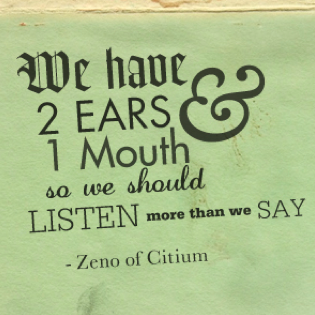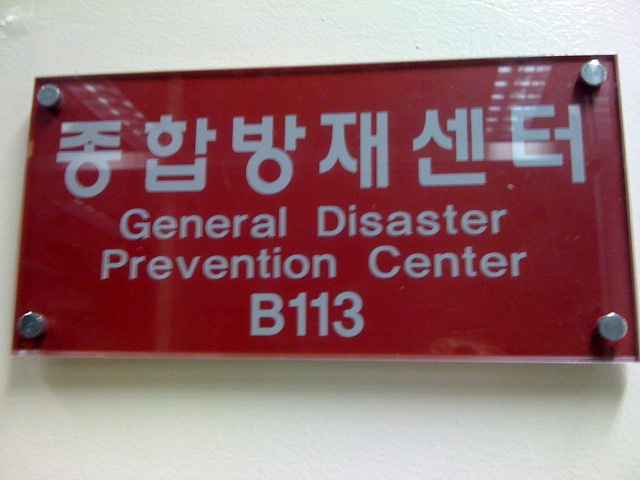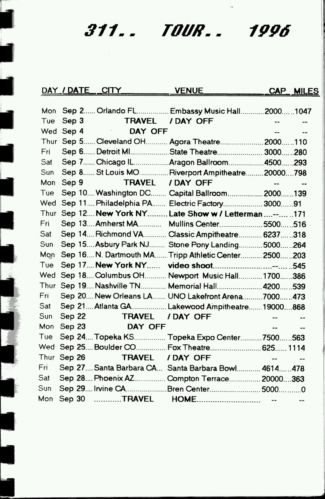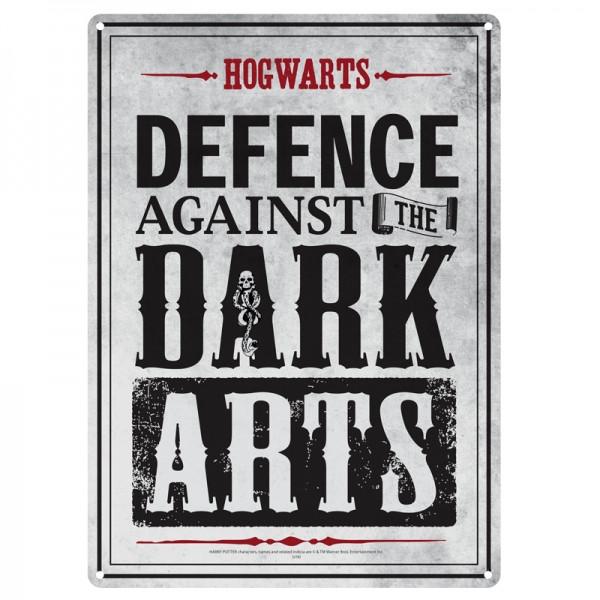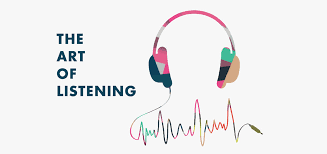
The Art of Listening Part Two
The Art of Listening Part One
Mixing sound is both an art and a science – a collaboration between the feeling, intuitive right-brain, and the analytical, logical left-brain. Last month I talked about critical listening and how, as a monitor engineer, to interpret a musician’s requests. This month we’ll examine how to separate different audio elements within a mix, and I’ll describe how I EQ individual inputs. It’s by no means the only way, but in 20-plus years of trial and error, I have found this method to be the most efficient and effective for me.
Monitor mixes need to be easy to play an instrument to / sing to as well as sounding good. They particularly need to provide clear, functional information about pitch and timing, so it’s worth considering what is supplying useful information to a monitor mix, and what is unnecessary filler. For example, some sounds are useful for an artist to pitch to or time to, or they carry a signature riff within the song; other sounds might create a pleasing fullness for FOH but reduce the clarity of a monitor mix and make it hard to play along to. This is especially true when it comes to hard-drive tracks – some elements are more useful than others. Sounds like strings and percussion are typically pretty helpful; effects might be less so. PFL is your friend when it comes to identifying different sounds, particularly when multi-tracks are involved because the sounds are likely to change from song to song. Frequent PFL’ing of your inputs will familiarise you with what’s coming in, and helps you to identify useful audio information.
Judicious use of the most basic of EQs – a high pass filter – goes a long way to eliminating unnecessary frequencies that can muddy a mix, and it’s my first port of call in the EQ process. Consider the range of frequencies that each sound exists within and where the defining characteristics of that sound lie in the audio spectrum. Let’s take a hi-hat as an example – there’s not much useful information in the lower frequency ranges, in fact, the mic is picking up spill from the rest of the kit – so it’s good to clean up and get rid of the extraneous low stuff. Personally, I set a HPF at around 600Hz for cymbals, but try it for yourself – solo the mic, use your ears and see what you think. Follow the same process with your other inputs, and tidy up anything that isn’t providing useful audio information – play around and consider where you might set hi-passes for different drums, vocals and so on. You can do the same thing with lo-pass filters, but be very careful with these. A bass guitar for example is primarily low frequencies, but if you set a LPF too low, you’ll lose a lot of the ‘attack’ – the finger-on-string sound which gives a bass its definition – because that attack sound is actually quite high up in the frequency spectrum. (Try boosting a bass guitar in the 5kHz region and see what you notice.) Likewise vocals – most of the action is in the 300Hz to 3KHz range, but set your filters there and you’ll lose low ‘body’, as well the ‘super-Ks’ – the very high harmonics which give a sound its ‘air’. So listen, listen, listen and experiment!
Identifying frequencies is obviously a vital tool for a sound engineer, and learning this skill really is just practice and repetition. I spent many hours in a PA company warehouse with a mic and a graphic EQ, making a wedge feedback and gradually learning what different frequencies sounded like. Once you’ve got a decent idea of that, you can start to refine your skills using the parametric EQ on the channel strip of the desk, and this is the next EQ tool after the HPF for your inputs. My preferred way to precisely locate a frequency is to solo the (muted) input on cans/IEMs, set a filter with a tight bandwidth or ‘Q’ around the frequency I’m looking for, and boost it quite hard – say by 10dB. Then I sweep the filter up and down slightly until the frequency I’m listening for me pops out (you can close your eyes as you do this if you like, to make sure you really are using your ears and not letting your assumptions fool you!) and with that identified I can then reduce or boost it as appropriate. You might want to keep the Q really tight if it’s just one frequency that’s over or under-represented (which is what I’d usually do with toms), or you might choose to do a big old scoop – my typical kick drum EQ has a wide low boost for ‘boom’, a wide high boost for ‘thwack’, and a wide gap in the mids where there’s nothing useful or sonically pleasing going on.
Approaching EQ like this means that you start to carve an audio landscape, with different instruments occupying different areas of the frequency spectrum. In my experience that gives a nice clarity and ‘separation’ to your mix – the opposite of audio ‘muddiness’. It’s all about trial and error, so grab every opportunity you can to play around – the advent of virtual soundcheck playback systems has made it easier than ever to refine your skills, so if you’re lucky enough to have access to such a system, make use of it. Tip – most high-end desk manufacturers have demo rooms set up with exactly that, and are usually very amenable to potential end-users coming to try out their equipment, so don’t be shy about calling them up and arranging a session! It’s a great way to hone your craft, learn different desks, and make contacts.
Until next month, SoundGirls – happy listening!
